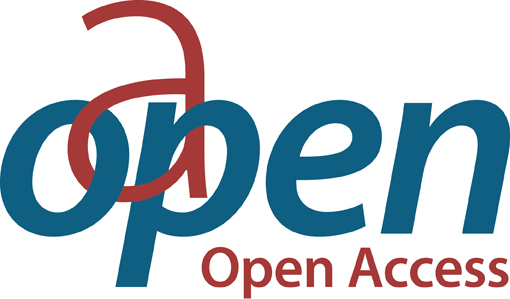Chapter Schiavi per natura, schiavi per legge. Declinazioni del lavoro asservito
| dc.contributor.author | Baccelli, Luca | |
| dc.date.accessioned | 2024-12-20T12:32:40Z | |
| dc.date.available | 2024-12-20T12:32:40Z | |
| dc.date.issued | 2024 | |
| dc.identifier | ONIX_20241220_9791221503197_149 | |
| dc.identifier.issn | 2704-5919 | |
| dc.identifier.uri | https://0-library-oapen-org.catalogue.libraries.london.ac.uk/handle/20.500.12657/96354 | |
| dc.language | Italian | |
| dc.relation.ispartofseries | Studi e saggi | |
| dc.subject.classification | thema EDItEUR::N History and Archaeology::NH History::NHB General and world history | |
| dc.subject.other | Ancient Slavery | |
| dc.subject.other | Early-Modern Slavery | |
| dc.subject.other | Forced labor | |
| dc.title | Chapter Schiavi per natura, schiavi per legge. Declinazioni del lavoro asservito | |
| dc.type | chapter | |
| oapen.abstract.otherlanguage | Slavery was the material basis of the Greek and Roman flourishing. Indeed there were several different forms in which the laborer was property of the master. In the Middle Ages slavery was largely replaced by other forms of forced labor, but it revived on the threshold of modernity in the age of the conquest of America. Indeed, laborer formally free lived in conditions not distinguishable from slavery, e. g. in the encomienda system. From Aristoteles to Sepúlveda, the legitimating of slavery as a natural or a legal institution is paralleled by the de-valuation of the working activity or – as in the proto-liberal Locke – of some forms of working activity. | |
| oapen.identifier.doi | 10.36253/979-12-215-0319-7.59 | |
| oapen.relation.isPublishedBy | bf65d21a-78e5-4ba2-983a-dbfa90962870 | |
| oapen.relation.isbn | 9791221503197 | |
| oapen.series.number | 257 | |
| oapen.pages | 8 | |
| oapen.place.publication | Florence |

